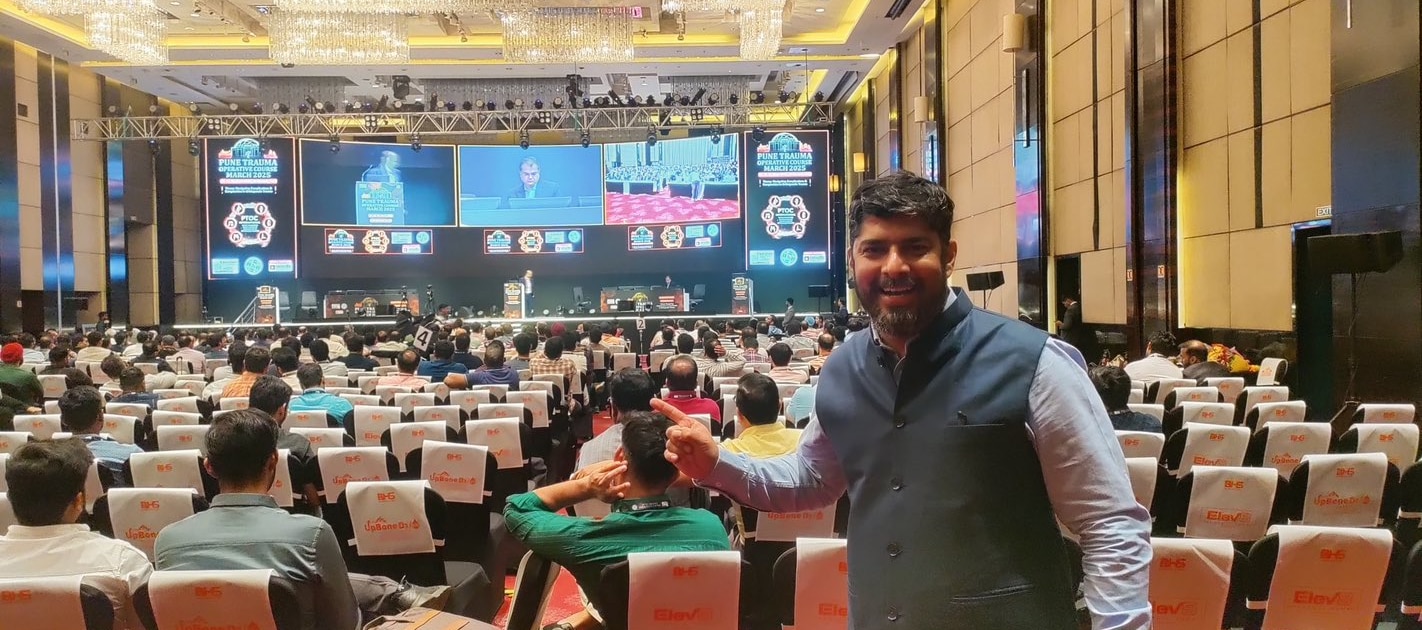Spine Revision & Spine Deformity
In most cases Revision Surgery is not due to an error or mistake of a previous operation. Spinal surgery is a complex field and even the very best and most experienced surgeons do not always get excellent results. Common reasons for revision surgery include such problems as pseudarthrosis (failure to achieve solid fusion) which may be due to poor tissue healing and patient related factors. Another element to consider is that the spine is a living and dynamic structure. Even after apparent successful surgery the function and shape of the spine can deteriorate requiring further surgery to remedy a problem. Revision surgery is a complex field and each patient must be evaluated and treated in a very individual manner to understand what is causing the problem and how best to address it.The goal of spine surgery is to relieve the patient of pain so that he may resume a normal life. Overall, in the right hands, spine surgery is highly successful and excellent outcomes are achieved. Occasionally a patient will require additional surgery. The reasons for revision surgery may include: re-herniation of a disc, infection, pseudoarthorsis, hardware failure, non-surgery related spine degeneration, Flatback Syndrome, instability, or adjacent segment degeneration.Revision surgery is more complex and should be performed by a spine surgeon experienced in handling scar tissue, performing osteotomies to “loosen” the spine and inducing sagittal and coronal balance. The risks of revision surgery are higher than the patient’s first surgery. There is the chance of residual pain and it is more difficult to restore nerve function.Surgical Treatments :Revision surgery for spinal deformity may involve one or more procedures to address the individual patient’s symptoms and/or progression. The patient’s overall health also guides the orthopedic surgeon’s treatment recommendations. The following are just a few of the scenarios that may be considered:Extension of a previous fusion proximally or distally to address degenerative changes above or below the original fusion.Placement of additional instrumentation; for example, as in patients with pseudarthrosis in whom the initial correction and fusion was performed using only a posterior approach (from the back). In revision surgery, an anterior approach (from the front), and placement of additional instrumentation to create a fusion on the other side of the spine can result in a successful fusion and elimination of instability in the spine.Osteotomies, procedures in which intentional fractures are made in the affected bone or bones to arrest progressive deformity and restore proper alignment.Removal (and possibly replacement) of instrumentation in patients with pain and/or infection associated with these implants.Irrigation and debridement – removal of infected tissue – and antibiotic therapy in the presence of infection.Decompression – a surgery to relieve stenosis, or “pinching” of nerves, by removing the tissue that is pressing on a nerve or nerves.Treatment Outcomes :While excellent results can be achieved with revision surgery, especially when patients receive care from a highly experienced multidisciplinary team, the likelihood of effective symptom control does diminish with each successive revision surgery. Moreover, revision surgeries are associated with a higher risk of complications. Patients who undergo revision surgery primarily to address deformity, and/or to correct spinal coronal/sagittal balance, will most likely see some improvement.
READ MORE

















